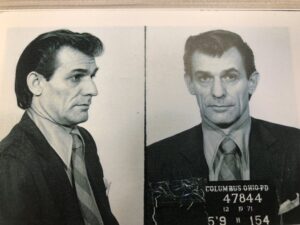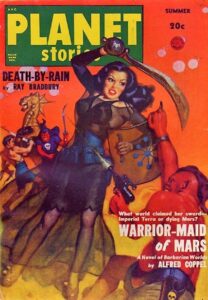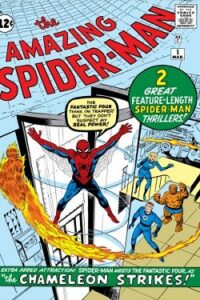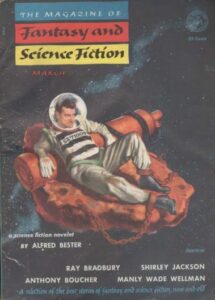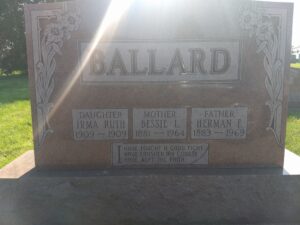S., my granddaughter, recently hosted her friend A. at my home for a sleepover. The following day I drove A. back to her residence on the far east side of Columbus. It was a journey that we have made before. My usual route to A.’s house, a direct shot off of a freeway ramp, has been heavily impeded by construction. I accordingly took a different way through an older area of town with which I was only vaguely familiar. The girls were in the back seat chattering away as I navigated down residential streets in a part of the city that is a destination mostly for the people who live there.
I made a wrong turn but was unconcerned. I was just off of the route as opposed to hopelessly lost. I made a turn in the right direction onto a street I had never heard of named Bexvie Avenue. Bexvie isn’t a long street. It is just a few blocks long, beginning on one street and ending on another. Since I am big on situational awareness I noted a cluster of neighborhood bars giving way to imaginatively named Apostolic and Baptist churches, all of it collectively comprising bricks within the residential mortar of a neighborhood that was new almost a century ago and which, like many of us, gamely carries on despite exhibiting its careworn age.
We were almost to the end of Bexvie when we suddenly came upon a large space on the north side of the street about the size of a city block, partitioned by a combination of fences and short walls and which included within a number of small buildings and, most remarkably, an exotic structure. A. reacted first, as she is wont to do. “What is THAT?!” she said. I eased the car to a stop and looked at it for a moment. “That appears to be a Buddist temple,” I said.
That indeed is what it is. Its proper name of the structure is “Watlao Buddhamamakaram,” which designates it is a Laotian temple. The temple takes pride of place within the partitioned area, which appears to be set up as an araama. The small buildings clustered about the property serve as residences for the monks who tend to the property with obvious care. The temple itself would not look more out of place in the area than a beached ocean liner, but it so dominates the immediate area that I kept expecting Kwai Chang Caine to pop up from behind the gate and wave.
I later dived down an internet research rabbit hole of (“I got you now, you wascawwy wabbit!” “On the contrary, I’ve got you!”) and as always knowledge begets more questions. In this case, documents indicate that the property went through a number of owners before being purchased in the late 1980s by a Laotian immigrant who eventually transferred the title to the Buddhist society responsible for running the temple. The araama has existed there since at least 2009 with little or no fanfare. I am sure that there is an interesting story as to how this religious community took root on a cross street deep within an urban enclave. While the Laotian community is relatively small in Columbus — about five hundred families — there is no official or unofficial Laotian neighborhood here. The residents of the city from Southeast Asia tend to cluster in the northwest side or the University area, far from this imposing outpost which serves as the religious, cultural, and social gathering place for the Laotian community. Columbus has a few Buddhist temples but most are located on busy thoroughfares that are conveniently accessible. This temple to say the least is an anomaly.
I have been fooling around with an idea concerning what occurs in the months after a mysterious infectious disease appears and then disappears. The Watlao Buddhamamakaram quickly and boldly shouldered its way into the narrative. What occurs in my own fictitious narrative is that the community living there, which keeps itself to itself, is decimated by the disease, until several months later. Then it isn’t. I am having more fun with this project than I should, which is a good thing. I also started thinking about a “what if” scenario in which we all woke up one morning to find that all of the vacant lots in the area were suddenly and without explanation no longer vacant but instead occupied by the totally unexpected. What if indeed?
Have you stumbled across anything off of your regular beaten path in your city/town/village/mountaintop that you didn’t know about before and that might be worthy of remark? It can be anything from a place of worship or a pet cemetery to a place of unusual or illicit business, or anything in between. Share. Please. And thank you, TKZers, old, new, and in between, for visiting once again.
(All photos from www.columbusunderground.com. All rights reserved.)



















